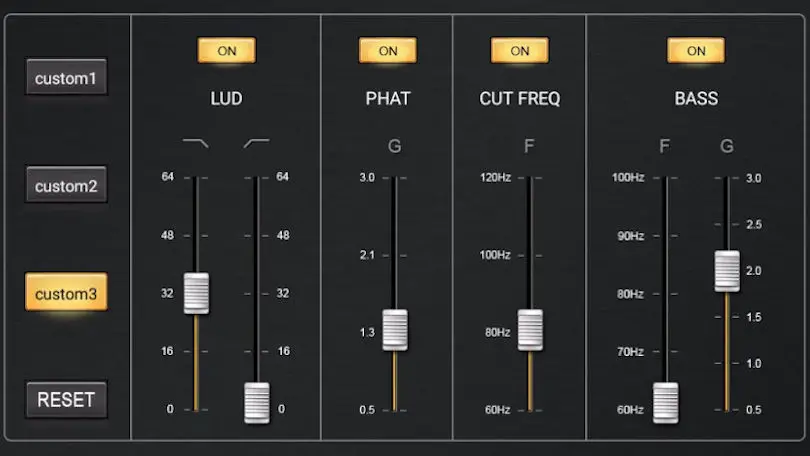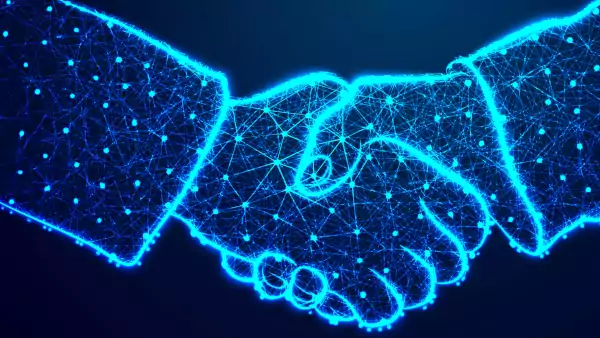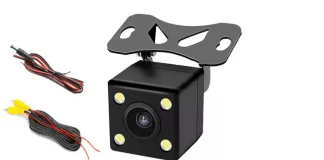And do I need one?
A lot of jargon is written in the advertising and sales listings for Android Headunits. A very common term mentioned is ‘DSP.’ But what is DSP, and more importantly, is having one better than not having one, and should I spend more to get one?
DSP stands for Digital Signal Processor.
The name explains its function; the audio signal is processed while still in its digital state. “But what does that mean?”, “what effect does it have on the sound?”, “will I be able to hear a difference?” and “Is a DSP worth the extra money?” are all questions asked about the popular but mysterious DSP in an android headunit.
Pictures Help
The pictures linked to this post may help to explain. The hardware DSP chip can alter the sound features produced by the Android headunit with greater control than just in software. A graphic equalizer screen allows fine-tuning adjustment of the digital audio signal before it is converted to analog, amplified, and sent to the speakers to become the sound.

Can you hear the difference?
Boosting or cutting the bass, enhancing or dampening the midrange while lifting, lowering the top end, and altering the individual speaker delay times can all be achieved with great accuracy and control with a DSP and the app to control it. So, yes, you would hear the difference if you used the DSP function to change the sound.
Greater Sound Control
Typically a DSP would allow for 16 or even 32 adjustment points on a graphic equalizer, whereas a software EQ would give only 8 points. A DSP chip can also make much more effective fading and balance controls with a finer level of adjustment and control of the speaker delay to improve the fine-tuning of a particular vehicle interior.
Android Headunit Tip
Not having a DSP chip inside the Android headunit would mean that a limited number of these adjustments could be made in software. Off-loading the DSP duties to a dedicated circuit will relieve the processor of the work and provide a more featured DSP service to the amplifier circuits.
Sounds how you want them
Why is changing the sound so important?
It may not be important to you, which is why a DSP may or may not be useful. Different vehicle shapes, quality and makes or speakers, speaker locations, interior coverings, and the location of the passengers can all affect the sound. Without a DSP, you won’t be able to compensate for this variable with quite the control you can with a DSP. Not having a DSP may lead you to not quite getting the sound how you want, and it will be at this point; getting the Android headunit with a DSP would have made more sense.
Tweaking
But maybe the sound tweaking to its nth degree is not that interesting to you? A bit of fade and bass/treble adjustment has always been adequate, but that was on the factory-tuned radio you are replacing with either a universal Android headunit or a custom-fit Android headunit. Still, neither has been tuned by the vehicle manufacturer for their range. Having that extra level of control may be useful.
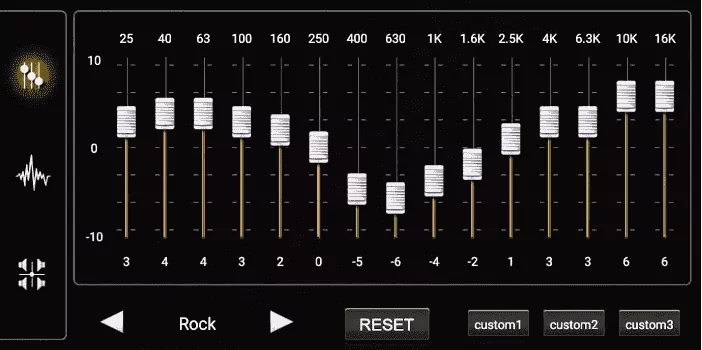

Control
Having a DSP means greater control over the sound, but you don’t have to adjust it from default if you are happy with the sound as it is.
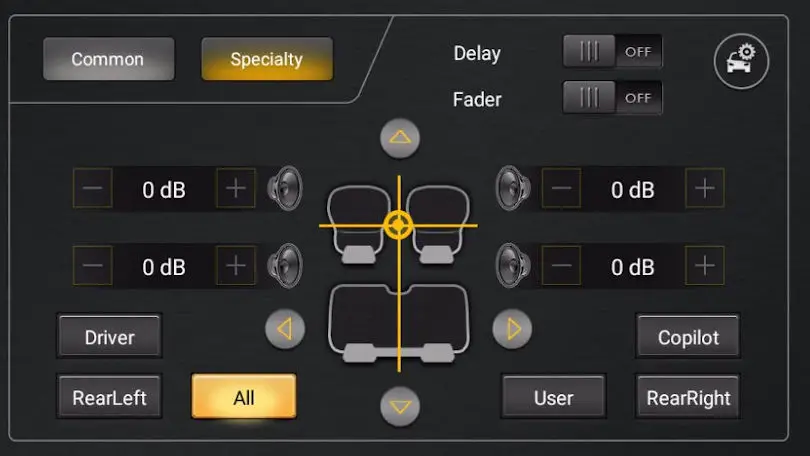
Fitting a DSP
After learning what a DSP is and finding you don’t have one, the popular question is, ‘Can I fit a DSP inside my Android headunit,’ and the answer is NO :(. The DSP can be seen as an option to select when purchasing; some are installed by default. Adding a DSP option increases the cost of manufacturing the Android headunit, and you can see factory options for around $40. Don’t expect a DSP included with the very cheap Android headunits because there is no value for the manufacturers to fit them and keep the cost down. But it is always worth having the DSP option, so think hard because it is unlike other Android headunit add-ons that can be easily added later.
If you choose not to have the DSP option, you can’t add one inside it later.
Which universal double din android headunit is best for DSP?
But all is not lost if you don’t have the DSP or want something better than a factory-fitted DSP. Have a look at the Axxess AX-DSP retrofit external unit. It gives you app control of the DSP features, but the DSP processing box is not inside your Android headunit but rather fitted under a seat or behind the dashboard.
